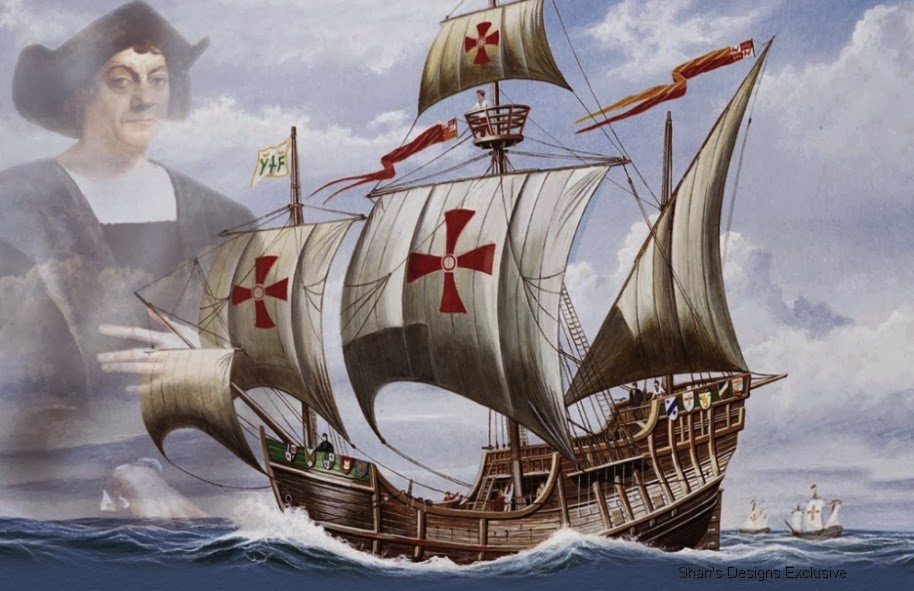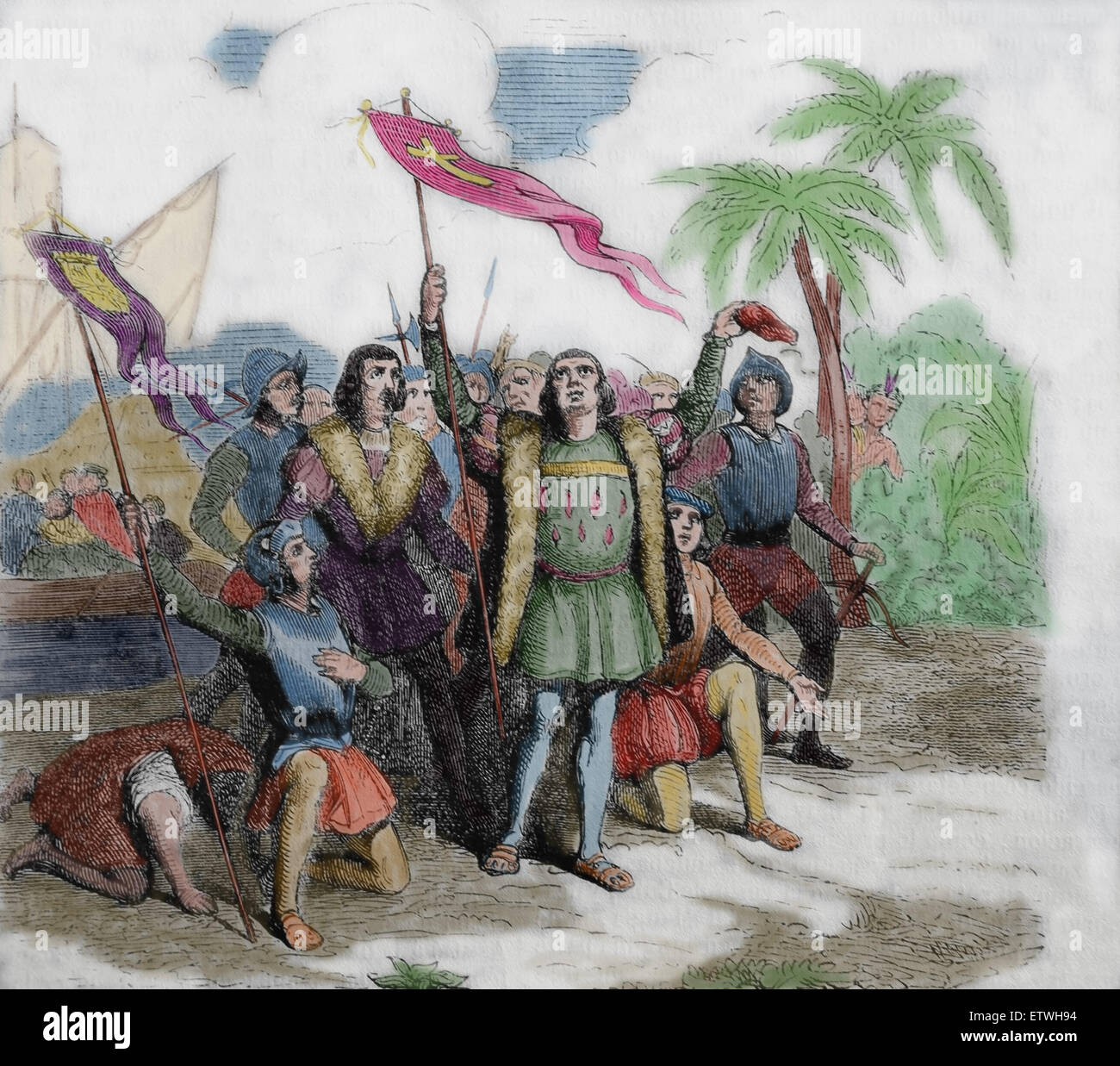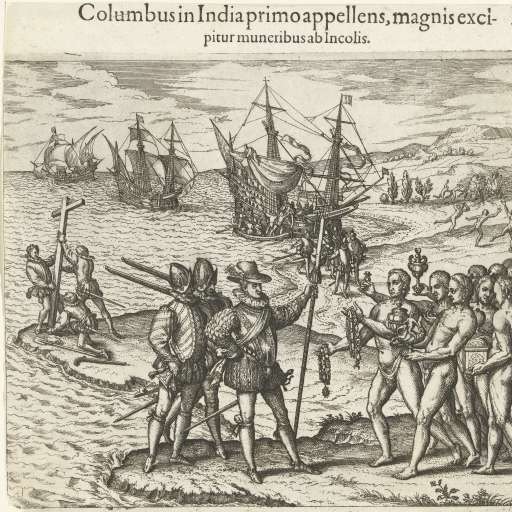

This version of history – ice age migration followed by a spread south – was long accepted, until bits of evidence complicated it. Russians also sometimes claim to have reached the Americas first, taking undue credit for migrations that occurred during the last ice age – over 10,000 years ago, when Siberians and Asian people crossed the Bering Strait with no glimmer whatsoever of “Russia” in their mind’s eye. Kurlansky writes that with purely commercial interests, neither the Basques nor Bristolians felt like planting flags, and may well have landed in North America before Columbus. “The cape of the before-mentioned land is one found and discovered in other times by the people of Bristol and thought to have been an island, as your lordship already knows.” In the 1950s a letter dated 1497 turned up in the Spanish National Archives, from an English merchant to the “Lord Grand Admiral” of Spain – presumably Columbus:

The men never said what they found, if anything, but they did start bringing back fish. An English official and merchant organized an expedition west to look for an island called “Hy-Brasil”, which they thought could serve as a bountiful fishing base.

Kurlansky details how in 1480, Bristol fishermen saw the Basques bring in cod already dried, which they could not have done on a ship. In 1535, when Jacques Cartier “discovered” the mouth of the St Lawrence river, he found 1,000 Basque fishing boats already in the water flush with cod.īristolians couldn’t keep their mitts off the fish either.
Christopher columbus discovered america how to#
Journalist Mark Kurlansky, in his book Cod, points out that the Basques seemed to know all the secret cod spots, and knew how to salt and preserve food – meaning they could travel huge distances. Vikings told a saga about Leif’s westward adventures, but it wasn’t until 1960 that archaeologists found evidence – halls, peat houses, ironwork – of 11th century Vikings at L’Anse aux Meadows and Baffin Island in Canada.īut the Vikings may have not been alone among Europeans sailing west: archaeologists have found evidence that Basques, in pursuit of whales and cod, might have reached the territory the Vikings called Vinland. In 985 Erik took about 500 people, with farm animals and supplies, to settle Greenland, and his son Leif Eriksson returned a few years later, when the region had some 1,000 settlers. Erik the Red and his father, who were respectively exiled from Iceland and Norway for murders, reached Greenland. Vikings are usually called the first Old Worlders to reach western shores. There is no archaeological evidence of Islam in the Americas before Columbus’s arrival, and though a 10th century historian tells the story of a Muslim navigator who returned from a western “unknown territory” with marvelous treasures, complete with a map showing a vague outline of a western coast shrouded in fog, the tale does not mean Muslim merchants beat Columbus.Īs the Washington Post’s Ishaan Tharoor points out, Erdoğan is probably alluding to the work of one controversial semi-academic, Youssef Mroueh, who takes the mosque literally and suggests that indigenous peoples’ words have Arabic etymologies. That “mosque” in Columbus’ memoirs was almost certainly a metaphor: Chris saw a large and memorable bit of geography and waxed eloquent a turn of phrase like this during the renaissance evoked something majestic and exotic, and Columbus was a man who liked frills. “In his memoirs, Christopher Columbus mentions the existence of a mosque atop a hill on the coast of Cuba.” Erdoğan added that he would like to see a mosque on that hilltop, too, but didn’t mention what Cubans might think of that. “Muslim sailors reached the American continent 314 years before Columbus, in 1178,” Erdoğan said at a gathering in Istanbul of Muslim leaders from Latin America.


 0 kommentar(er)
0 kommentar(er)
